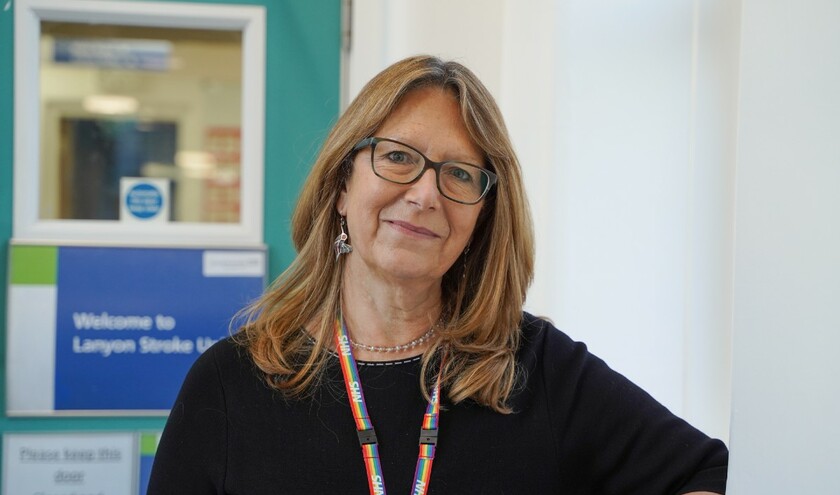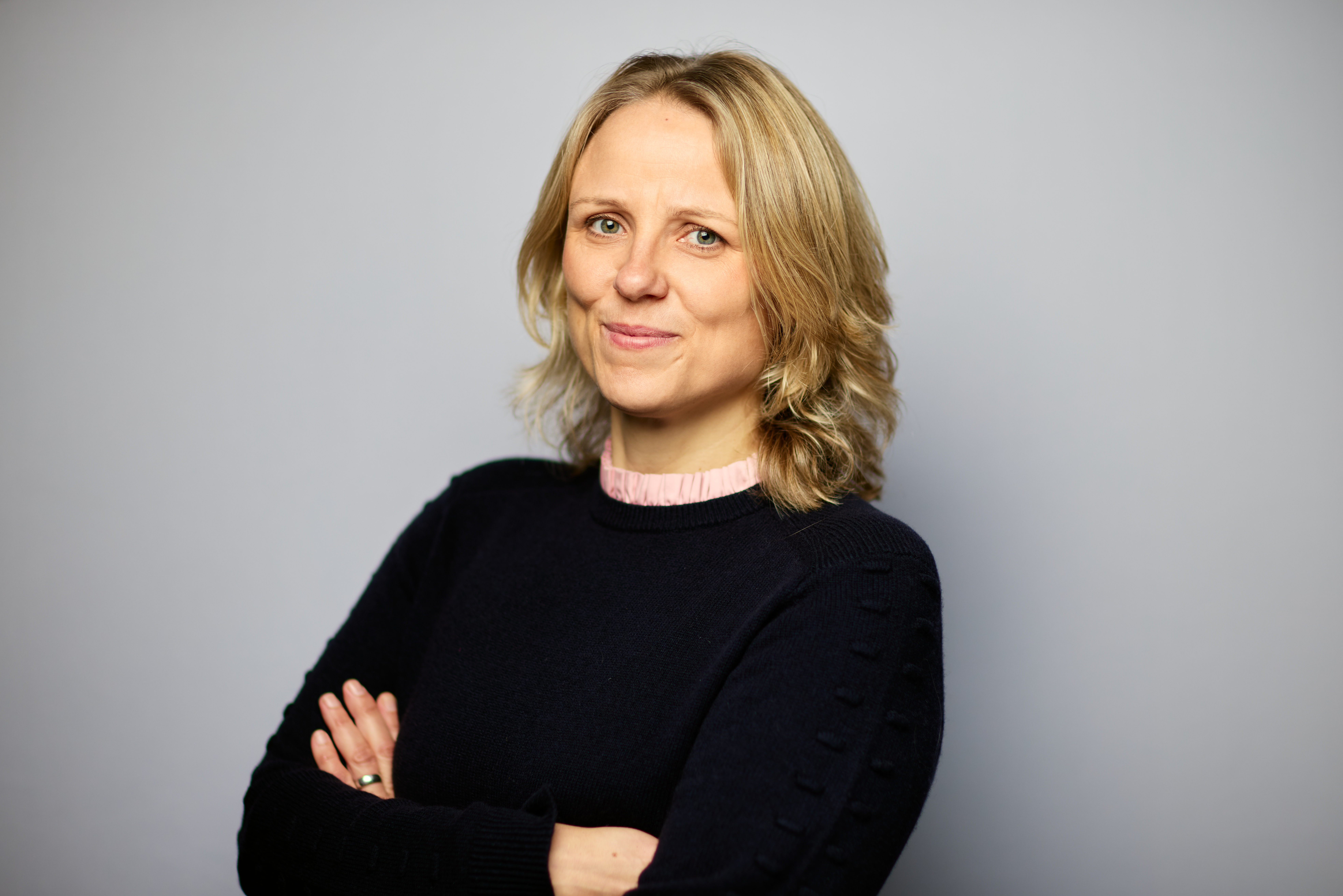The health and social care facility, which is a joint project between Cornwall Partnership NHS Foundation Trust and the Council of the Isles of Scilly, has been a long time in the making.
The facility's new hospital wing is scheduled to open this month with a new care home wing to open towards the end of the year and a wider integrated facility to be finished in spring 2026.
‘The idea has been around for up to 10 years,' Richards told HM.
‘The initiative was supported by several previous health secretaries but it never quite got to the top of the pile.'
With healthcare services on the islands comprising an ageing community hospital and care home, there was a clear need for new investment.
The state-of-the-art replacement facility was funded with sustainability and transformation plan (STP) money after a bid was originally submitted before the Covid pandemic.
It has been made possible via the support of the Duchy of Cornwall who has provided generous leasing terms to make the project possible.
‘Prince William was so interested in the project,' Richards says. ‘It was a great boost to staff.'
Containing a 12-bed residential care home, NHS inpatient beds and a modern maternity suite, with publication of the 10-Year Health Plan, the facility provides a timely illustration of an integrated neighbourhood health and care service that not only serves the community of the main island of the Isles of Scilly, St Mary's, but the four other populated islands as well.
The centre will be staffed by multidisciplinary teams, including GPs, ambulance, adult social care and healthcare staff.
The integrated approach will see teams sharing a boat to support each of the islands, community nurses working with social care staff co-ordinating house visits and shared accommodation in the council run care home.
‘What this means is that if you're an old person, you can actually stay in your lovely ensuite room and we can actually bring nurses to you in the care home,' Richards notes.
‘We can wheel care home residents and patients to the GP, to the dentist or for an x-ray.
‘The improved patient experience in having this all on one site for an island like this is game changing.'
Co-located next to the St Mary's Health Centre, the facility will be led by the wider integrated team, including the trust's newly appointed hospital and community manager, advanced clinical practitioners and nurses, alongside colleagues from primary care, Royal Cornwall Hospitals NHS Trust, South Western Ambulance Service NHS Foundation Trust and council adult social care services.
Richards stresses services will be run on a non-hierarchical basis.
‘I don't think I could name the leader of this project,' she notes. ‘Although Anita Cornelius, trust director of community services and Scott Fuller, director of adult social services, Council of the Isles of Scilly, have been fantastic convenors. It's very much a multidisciplinary approach.'
Former admiral dementia nurse, Helen Bosanko-Green, has been appointed hospital and community manager.
The Isles of Scilly is one of 16 designated integrated neighbourhood teams across Cornwall and the Isles of Scilly.
‘The team will have some very clear clinical outcomes that they will focus on, which will be to reduce the number of emergency fly-offs and non-elective admissions to acute trusts by getting much more upstream of people's healthcare and working with them to self-manage,' Richards observes.
‘We've got an excellent relationship with primary care and the clinical director for the intermediate team, John Garman, has got a really great vision that we're working together on.'
Innovations in technology, including a virtual ward, will be led by advanced clinical practitioner, Sam Huczmann, who has recently been awarded the Churchill Fellowship.
‘Sam's a great innovator, and he's been a breath of fresh air,' Richards notes.
‘He has come to the islands to really help stretch our thinking about the use of technology.
‘He has been looking at ways to ensure that the islands can have access to x-ray facilities seven days a week.'
Patients on the islands currently have x-ray access only once a week in St Mary's with regular cancellations due to bad weather preventing radiographers from travelling.
"As a result, Sam has been working with system partners to explore innovative ways of portable, peripheral limb x-ray facilities that can be taken out to people's own communities,' Richards notes.
‘He's done some great co-design work with local communities on that and they're really very excited about it.'
Mental health services will be led by a practitioner who will come over to the islands on a peripatetic basis.
Technology will be employed to offer NHS Talking Therapies on the islands with one of the facility's rooms being specified for mental healthcare support, if needed.
Through the employment of cutting-edge remote technology, Richards aims to cut the number of health journeys between islands and the mainland by 50%.
Taking learnings from other countries, drone technology is being explored for the delivery of medicines and transfer of blood tests to the mainland.
‘Our vision is to expand what's now in the 10-Year Plan so that we can partner people with health coaches and then they can have more supported digital consultation,' Richards notes.
Embodying the shift from sickness to prevention, ambulance staff employed by South Western Ambulance NHS Foundation Trust based and living on the islands will regularly go out to the islands to teach people how to use the defibrillators, how to do basic life support and how to recognise symptoms earlier of potential crisis brewing.
‘Because local people want to stay on their islands, they're actually really very health activated and they really enjoy getting involved in looking after their own health and partnering with our range of services,' Richards notes.
Innovation has been at the heart of the trust overcoming the obvious challenges of finding staff recruitment for the remote islands with Richards going to the lengths of becoming a landlady of a five-bedroom guest house to provide on-island accommodation for workers.
Through offering opportunities for staff to work on the islands in two-week rotas, as well as recruiting local residents, the trust has managed to almost eradicate the use of agency work.
‘The facility has created a buzz,' Richards says. ‘People want to get involved in health and care and that has meant that we are almost fully staffed and have almost eradicated agency. I could never have dreamt of being in that position three years ago.
‘The facility has created a real energy around being able to do things differently that people want to be part of.'
Joint training will also be developed at the facility in order to create a multi-skilled workforce.
‘It's not like a big hospital, where you've got multiple wards and multiple people on shift,' Richards explains.
‘So we're going to be running multiple training programmes.'
Multidisciplinary upskilling and training for all colleagues whether council or NHS is being offered on ultrasound training, tissue viability and aging well, for example.
Learnings from the groundbreaking islands' project will be used to drive innovation and best practice on the trust's mainland services, particularly in terms of shifting from hospital to the community.
‘We've got some fantastic maps that show you where the centres of population are and how close they are to health services and travel times,' Richards notes.
‘We've got several mainland communities that you could say are akin to islands with grass around them rather than sea, so they don't have quite the same challenges, but we do think that some of the innovation that we've been working on here would absolutely be applicable to our mainland coastal, remote coastal and rural communities.'
‘We're really hoping that the Scilly islanders will also be able to talk to local communities who are more worried and sceptical about out of hospital care, because for some people, the thought of a hospital is a safe place to go.
‘And I think we've still got work to do to convince the public that care closer to your own home and not in a big, shiny monolithic building is often the best option.'
As it starts to get up and running this summer, the facility looks set to be a shining beacon of best practice as the NHS shifts towards neighbourhood healthcare.
If you would like to appear in The Big Interview email Lee Peart at l.peart@hgluk.com



